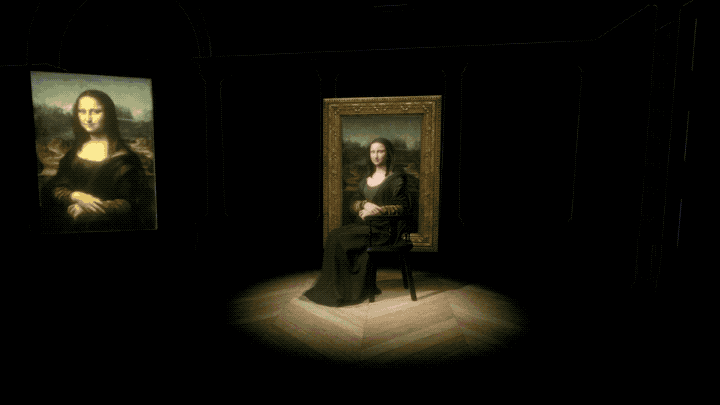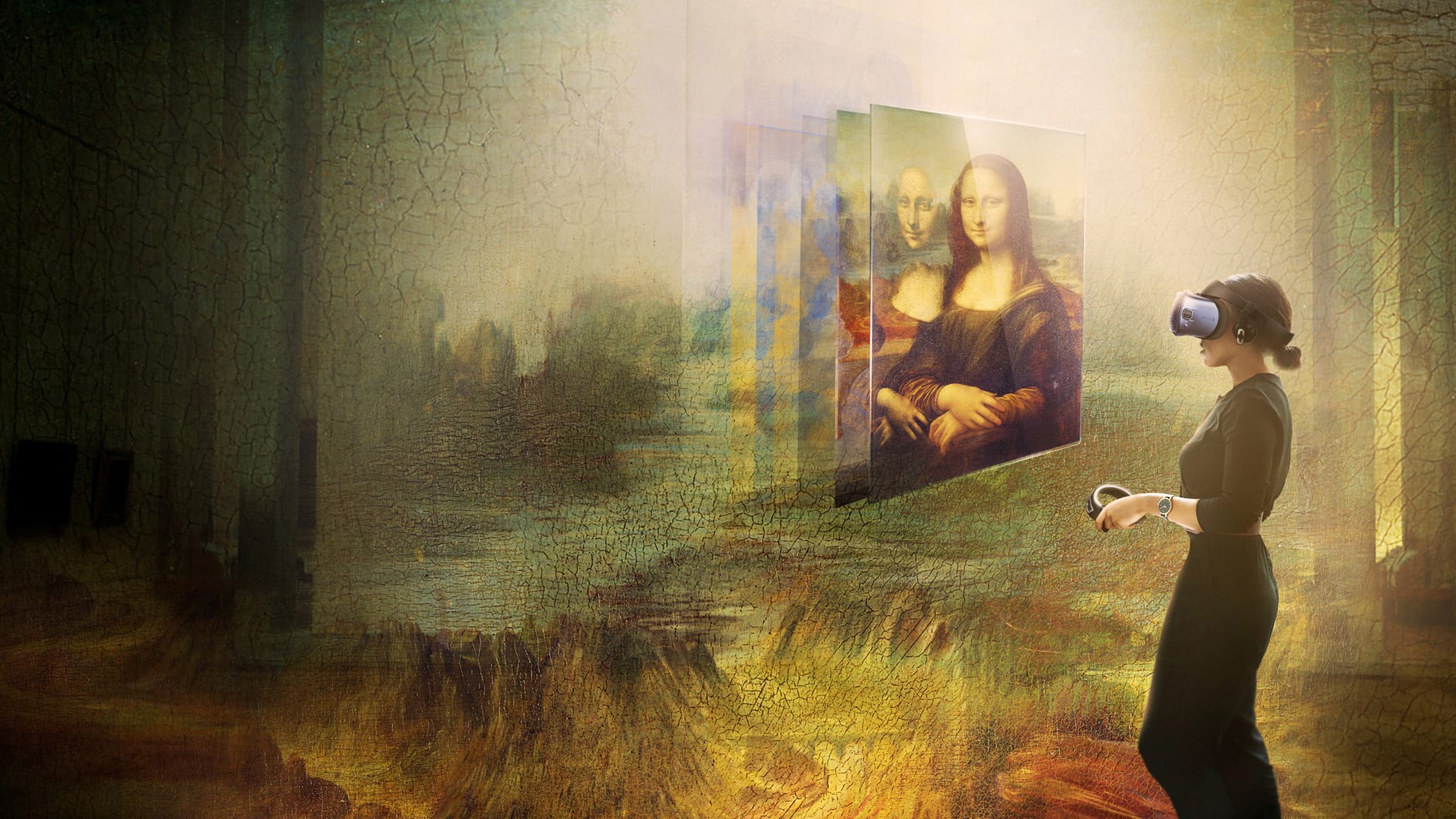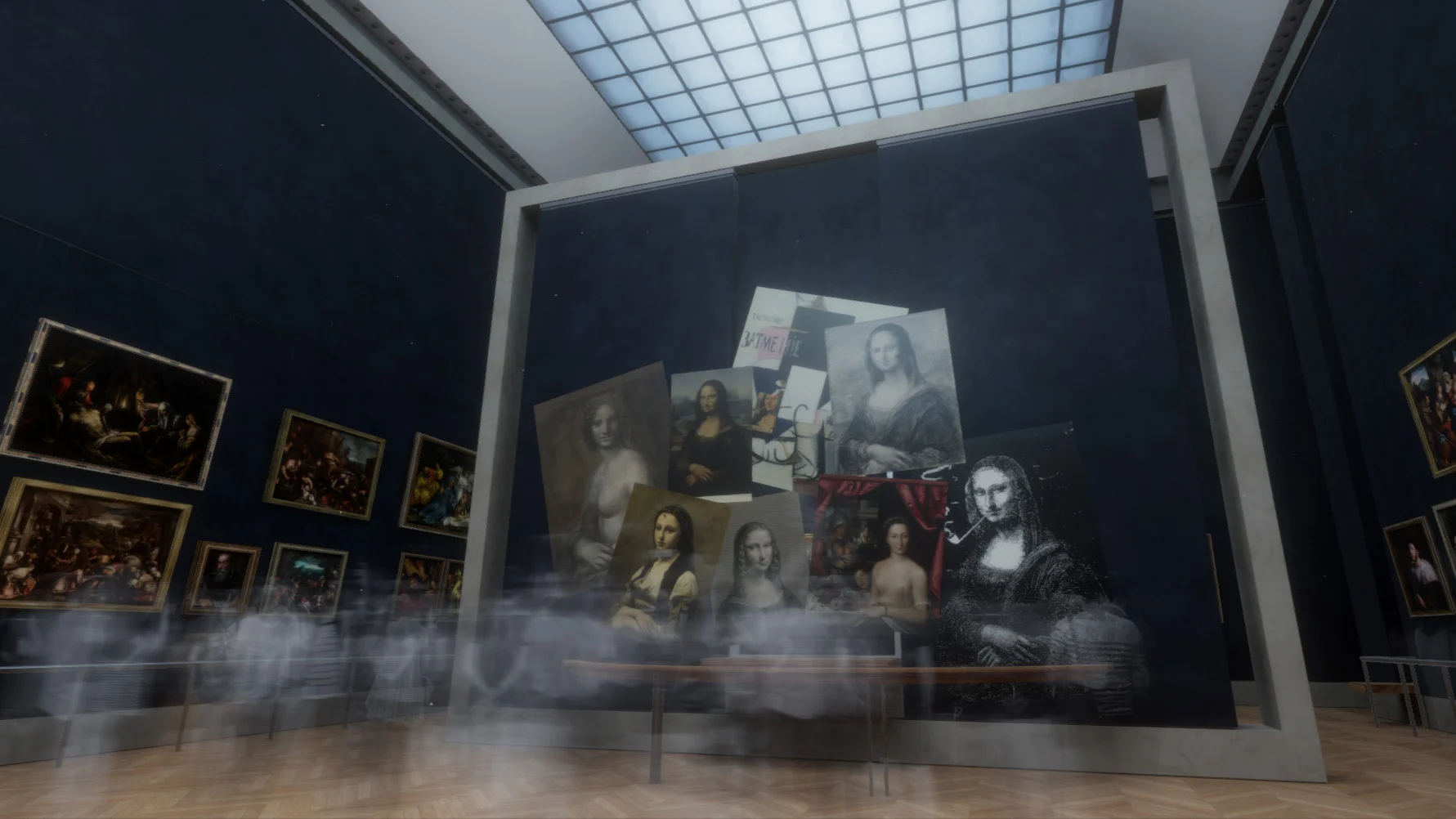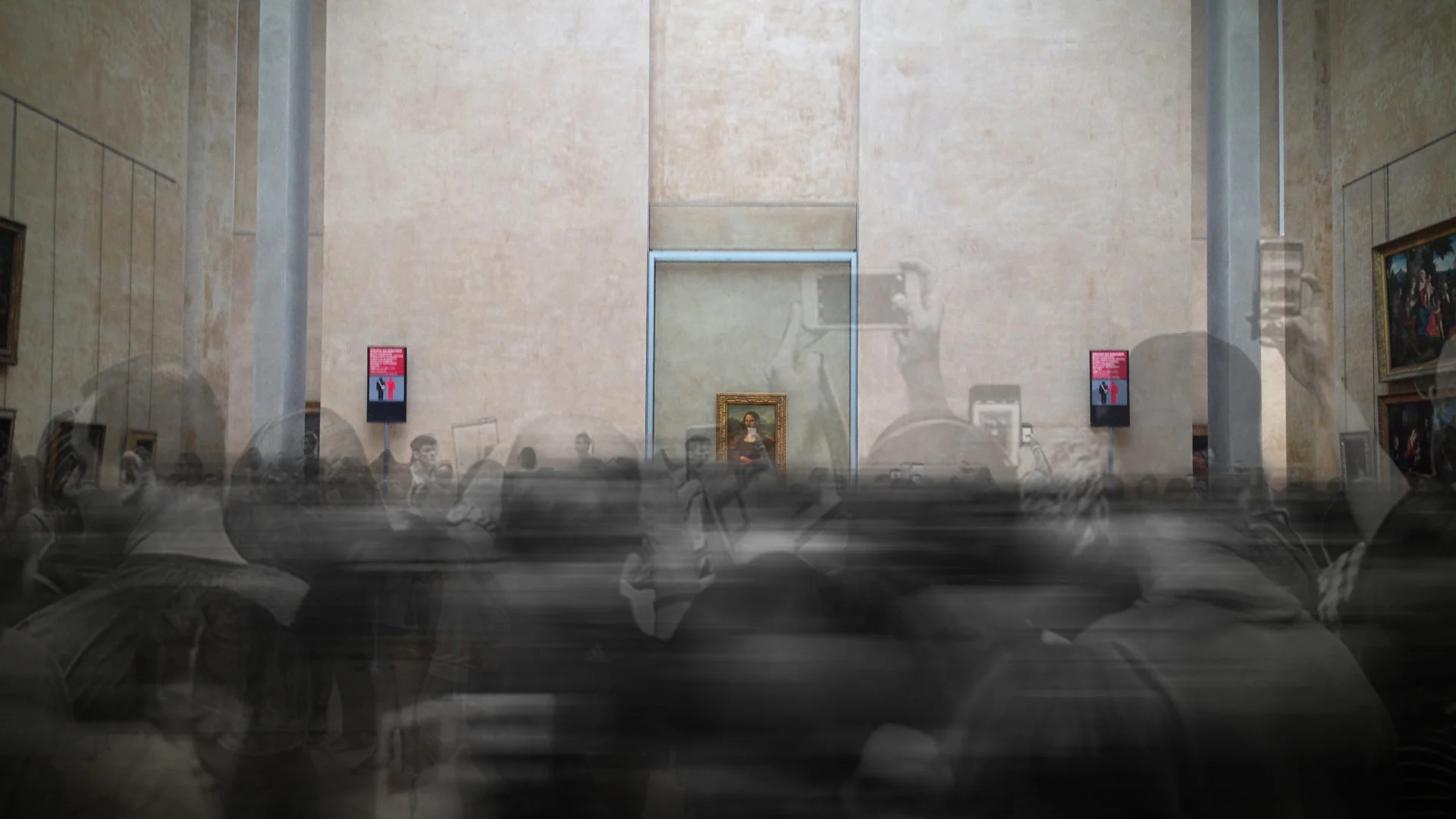As anyone who’s already taken the pilgrimage to the Louvre to see the Mona Lisa already knows, you can’t really see the Mona Lisa. Oh, it’s on display! But the diminutive painting is tucked behind annoyingly reflective bulletproof glass, itself surrounded by an omnipresent crowd that prevents you from getting close enough to really see it.
The experience of seeing the Mona Lisa is so poor that, as part of the museum’s 500-year retrospective on Leonardo da Vinci, it’s partnered up with virtual reality headset maker HTC to get visitors closer . . . in a sense. Donning the headset at the exhibit’s entrance, you can see Mona Lisa: Behind the Glass, in which the famous model’s enigmatic smile is deconstructed layer by layer, revealing scans the Louvre has made over the years to analyze the painting, including an X-ray view. Eventually, the Mona Lisa (and her mountainous backdrop) spring to semi-life in volumetric 3D.
[Image: courtesy HTC]
The work, completed by the French VR/AR studio Emissive, looks painstakingly detailed. They dug deep into the scans, examining each element to get touches like the folds of Mona Lisa’s charcoal fabric dress just right. For the first VR exhibit at the Louvre, we’d expect no less. And yet, we’d also expect a lot more.
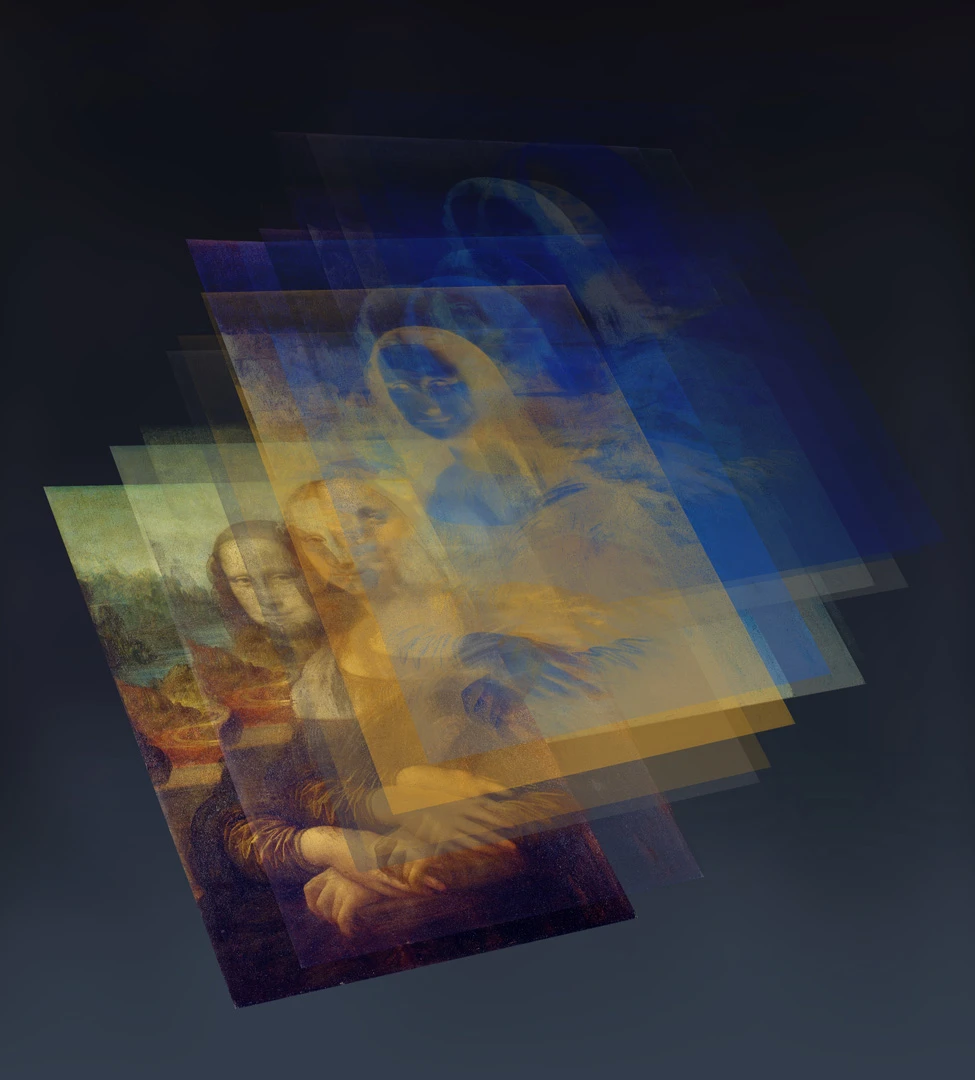
Furthermore, consider that Leonardo da Vinci wasn’t just a painter, a drawer, or an engineer. He was also a master sculptor! That means if the artist had hoped to see the Mona Lisa in 3D, he wouldn’t have needed a VR headset and another 500 years of technical advancement to make that dream happen.
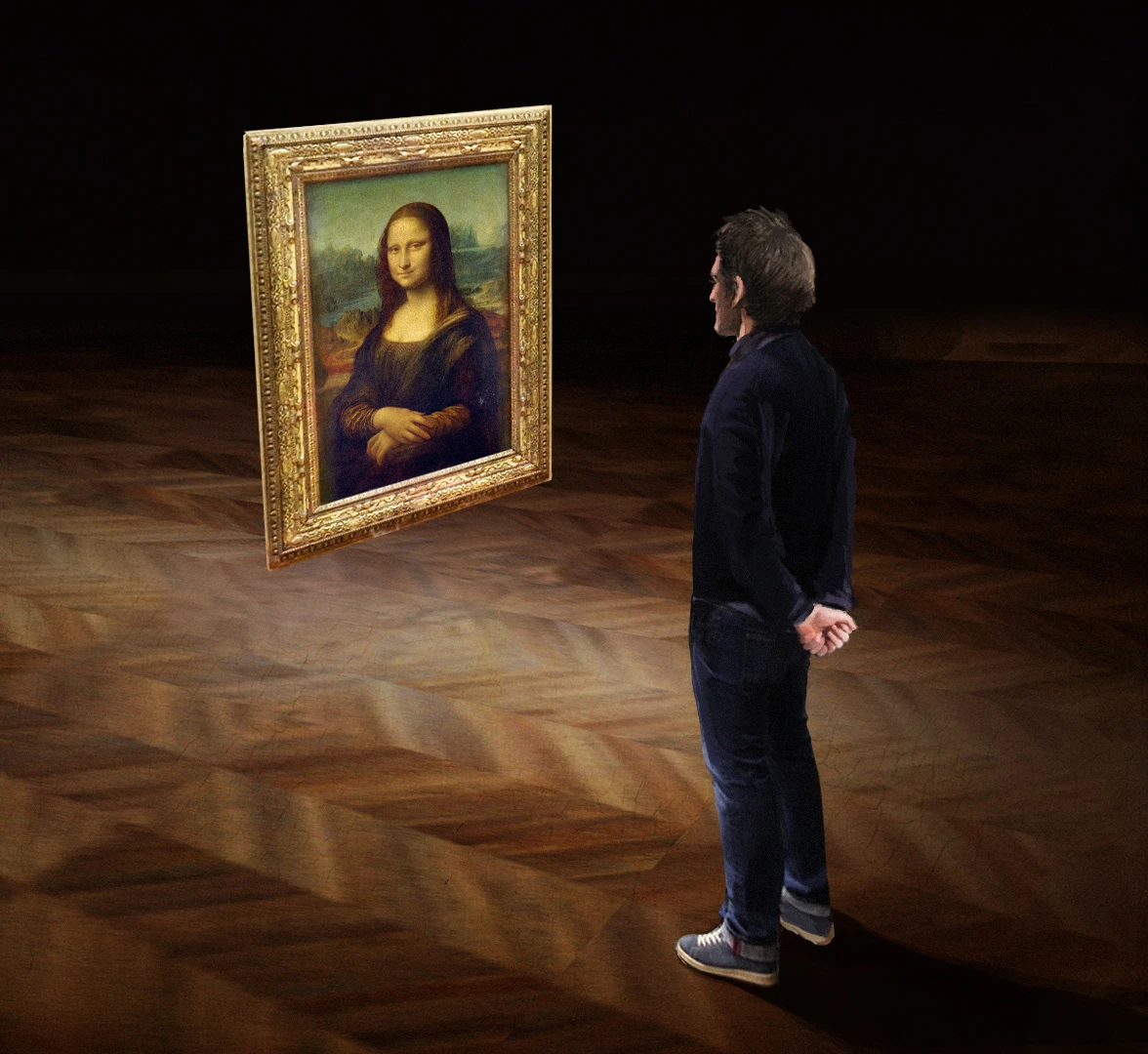
Recognize your brand’s excellence by applying to this year’s Brands That Matter Awards before the early-rate deadline, May 3.
